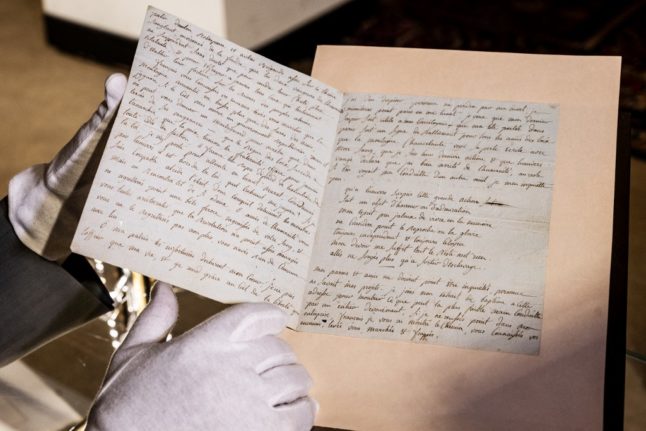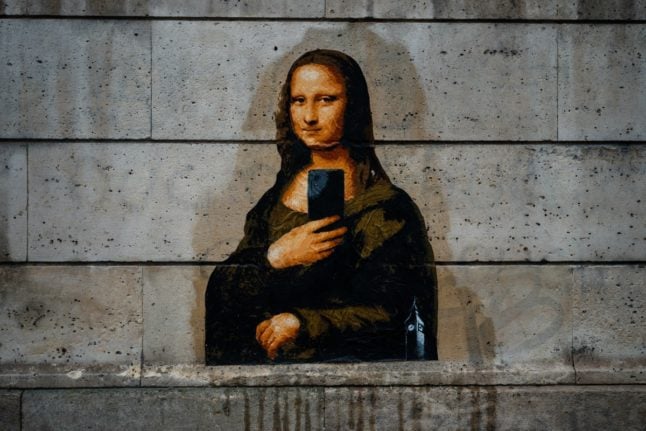French officials are fighting for possession of 1793 manifesto by a woman justifying her decision to stab a revolutionary leader to death, with local authorities saying they are prepared to take the case to court.
Charlotte Corday was a 24-year-old member of a moderate faction during the French Revolution, who became alarmed with the way it was being taken over by violent extremists.
Her response was to murder Jean-Paul Marat, a key figure in the most radical faction, whom she held responsible for a spate of killings in Paris the previous year known as the September Massacres.
She entered his Paris home and stabbed him while he was taking a bath. She was immediately arrested and executed by guillotine just four days later on
July 17, 1793.
Corday justified her action in a three-page letter, “Address to French Friends of Law and Peace”, which was recently put up for auction and bought by local authorities in Normandy – her birthplace – for €270,900.
But the culture ministry in Paris has blocked the sale, arguing that the document, which was seized by the police at the time of Corday’s arrest, is part of the national archive.
“We have decided to go before the administrative judge to become the owners of this item,” Normandy region president Herve Morin told reporters.
The former law professor says the procedure could take years but that the government missed its chance to claim the document before the auction.
“They consulted the collection and failed to claim the item,” he told AFP.
“Now they want to show the power of the state. We are going to show them the power of the law.”
Corday’s manifesto was mentioned in the police report when she was arrested but then vanished, reappearing at an auction in 1834 and passing into the hands of various private collectors.
It is being stored in a safe at the Osenat auction house in Versailles until further notice.




 Please whitelist us to continue reading.
Please whitelist us to continue reading.
Member comments